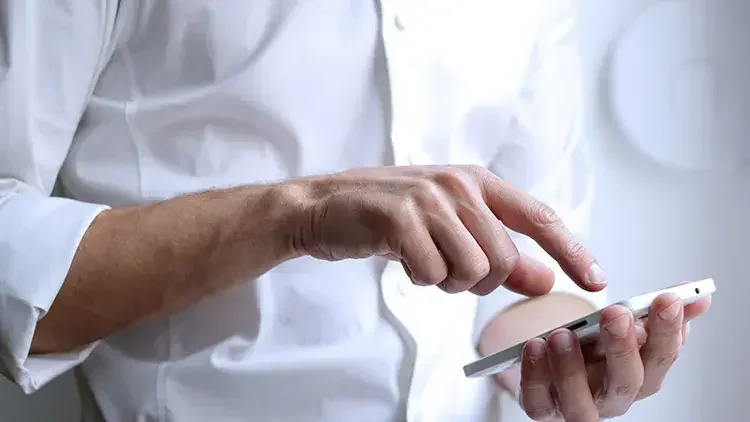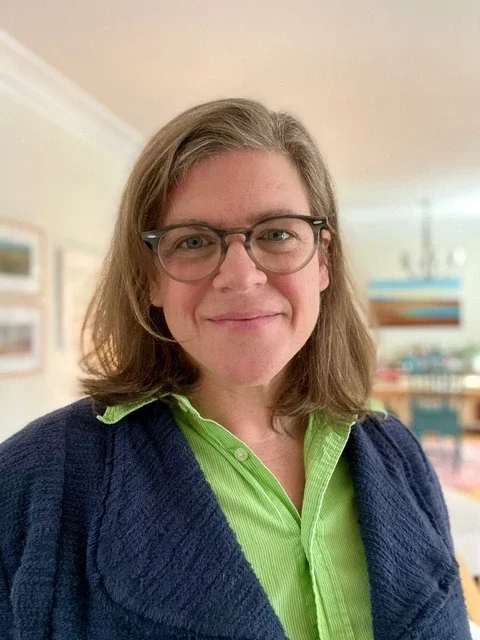In the competitive universe of mobile apps, protecting intellectual property is increasingly important. App creators may wonder when and how to go about safeguarding their invention.
Apps are different from a widget or a T-shirt in that they only function within another invention—the mobile device. But that doesn't mean they can't meet the requirements for acquiring a patent.

Can you patent an app?
The short answer is yes. Apps can be patented, though they must meet the same criteria of novelty that other products are judged by.
"Whenever you come up with a new idea, the fundamental question is 'What's new?'" says Kate Gaudry, a partner at Kilpatrick Townsend & Stockton LLP, which focuses on data-driven and strategic patent prosecution. "Is it not obvious? Is the new part of it tied to some sort of technical implementation? If the answer is yes, then it may be eligible for a patent."
By "not obvious," Gaudry means that the app must meet the standard of "non-obviousness," which dictates that the product seeking a patent be different enough from similar existing products that a person with average skill and knowledge in the area would not be able to conceive of or make the product themselves easily.
Mobile devices have specific features that can help bring uniqueness and non-obviousness to a mobile app. Mobile apps can leverage digital tools like sensors, GPS receivers, and accelerometers to collect data that can be used in novel ways.
How to search for existing patents
One major eligibility requirement for a patent is that the same invention hasn't been patented before. When you apply to patent your mobile app, the U.S. Patent & Trademark Office (USPTO) will carefully assess whether an existing patent of the same description exists.
You can do your own legwork on that matter by conducting a patent search before you apply. The USPTO Public Search Facility is available to the public for this purpose.
But be aware that the patent search process is more complicated than it sounds. The USPTO recommends a seven-step process and advises engaging a patent attorney or agent if you aren't experienced in conducting patent searches.
To make the process faster and easier, there are online options to aid in this search.
Those with limited means may receive pro bono help via the Law School Clinic Program or the Patent Pro Bono Program.
Keep in mind that obtaining a patent does not necessarily prevent another company from bringing a lawsuit for patent infringement.
When should an app inventor apply for a patent?
Exactly when an app creator should apply for a patent is a "tricky question," according to Gaudry. The answer depends on various factors, including business scope, how creative and forward-thinking the creator is, and what's important to the company.
For example, are prospective investors pushing to see the patent? Do you need it for a potential acquisition? Are you trying to protect your idea in a very fast-moving space?
You can apply for a patent quite early in the invention process, as soon as you have a detailed understanding of how the invention will work. Ask yourself whether you know how you will code it, what type of data you'll use, and what type of results you expect.
"You can't just identify a goal," Gaudry says. "You can't just say, 'I'm going to create an app that is going to reduce noise by 15%' without indicating how you're going to be doing that. If you have enough of an idea to walk through it before you've actually coded it, you can still apply for a patent application."
Because it can take time to develop an invention, most mobile app developers choose to file a provisional patent application first, which "holds your place in line" with the USPTO to ensure no one can file the same idea before you've gotten your entire application in.
A provisional application requires a detailed description of the invention and may be accompanied by drawings, flow charts, and details illustrating how your app works.
Gaudry advises inventors to consider that ideas often crystalize throughout the application process. As you encounter difficulties and see how you can overcome them, you'll better understand the details involved in implementing your idea. And that will make your success in obtaining a patent all the more likely.

